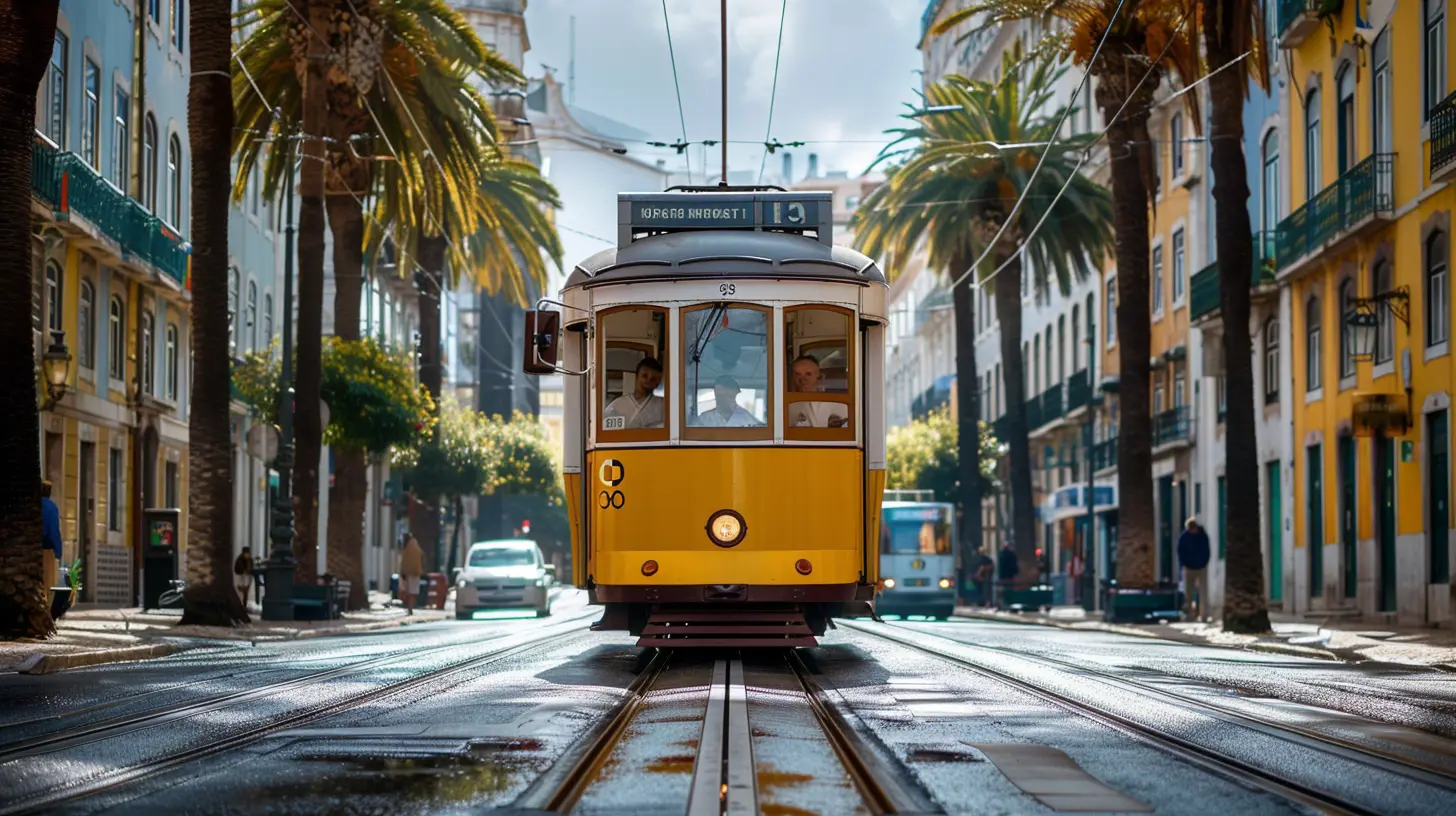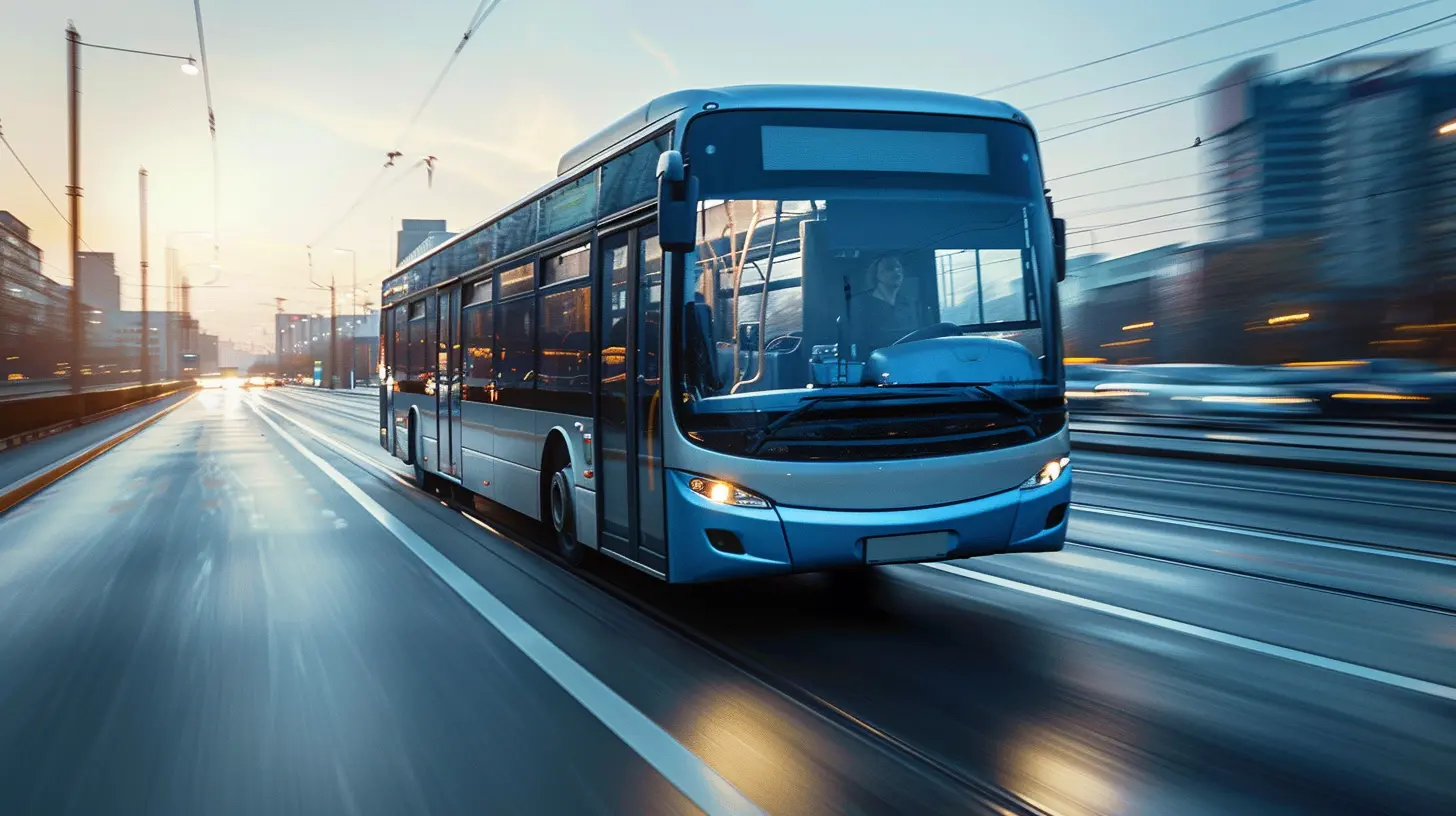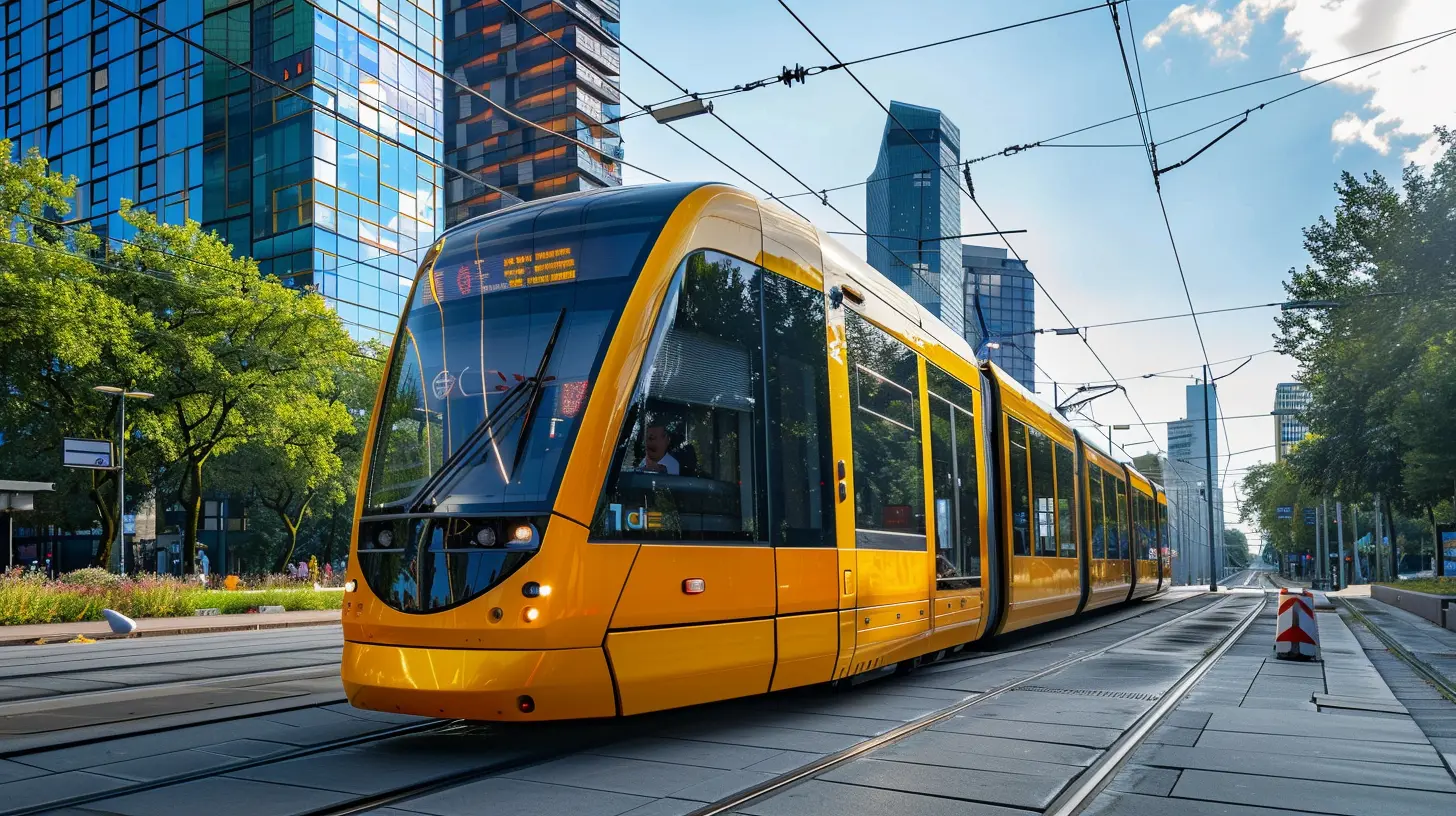Hacks for Using Public Transportation in Foreign Cities
30 September 2025
Traveling to a new country is exhilarating — the culture, the food, the people, the language! But ask any seasoned traveler, and they’ll tell you one of the make-or-break parts of the experience is figuring out public transportation. Whether it's deciphering spaghetti-like metro maps, squeezing into packed buses, or trying to get that train ticket machine to speak English — using public transit abroad can feel like navigating a live-action video game.
But don’t worry. You don’t need to be Indiana Jones to conquer public transit in a foreign city. With the right hacks, you can ride like a local, save tons of money, and avoid the common tourist snafus that can turn a dream trip into a stress-fest.
Let’s get into the nitty-gritty, shall we?
1. Do Your Homework Before You Leave
Before you even pack your bags, set aside some time for a little digital digging. Knowing how the local transportation system works will save you time and confusion later. Every city operates differently. Some places rely on metro lines (like Paris or Tokyo), while others are all about buses or trams (like Amsterdam or Prague).What to Look For:
- Official transit websites or apps. Trust these over random forums.- Maps and operating hours. Know when the last train leaves!
- Ticket types and prices. Is there a 24-hour pass? A reloadable card?
- Zone systems. Some cities charge more based on distance or zones (like London’s Oyster card zones).
- Transit etiquette. Yes, it’s a thing. More on this below.
Pro Tip: Screenshot maps and schedules. You might not always have Wi-Fi, and mobile data isn’t always your friend abroad.
2. Download Essential Transit Apps
Seriously, there are apps for EVERYTHING. And when it comes to public transportation, these apps can be your best friend.Must-Have Transit Apps:
- Google Maps: Still the champ. Accurate transit times, lines, and walking routes.- Citymapper: Even more detailed than Google Maps in major cities.
- Moovit: Great for buses, trams, and live updates in smaller cities.
- Transit App: Ideal if you're hopping between different modes of transport.
Many cities also have their own dedicated apps—think "Metro de Madrid" or "Rejseplanen" in Denmark. These often include fare calculators, updates on strikes or delays, and even ticket-purchasing options.
3. Master the Reloadable Travel Card
If you’re staying for more than a day or two, skip the single-use tickets. Most cities offer transit cards you can load with money or travel passes.Benefits of Travel Cards:
- Cheaper fares.- No fumbling for change.
- Special discounts for tourists or long stays.
- Faster boarding — just tap and go.
Cities like Tokyo have Suica and Pasmo cards. London has the Oyster/. Hong Kong has Octopus. These cards are like golden keys to the city’s transit system.
Hack: In some cities, you can now tap your debit/credit card directly onto the turnstile. Easy, right?
4. Figure Out the Peak Times (And Avoid Them Like the Plague)
Public transportation is a breeze — except when it's not. Morning and evening rush hours can quickly turn your calm sightseeing day into a sardine-can experience.What to Know:
- Typical rush hour: 7–9 a.m. and 4:30–6:30 p.m.- Tourist traps: Routes to famous landmarks are often packed midday.
If you're flexible, travel during off-peak hours. You’ll get a seat, avoid the crowds, and maybe even save money — some cities offer discounted fares during quieter periods.
5. Public Transit Etiquette Is a Real Thing
What’s totally normal in New York might be considered rude in Tokyo. Every city has its social rules onboard, and breaking them (even accidentally) can draw more glares than you'd like.Common Etiquette Rules:
- Stay quiet. Loud convos or calls? Big no-no in many cities.- Offer your seat. Always for the elderly, pregnant, or disabled.
- Queue patiently. Line-cutting will get you cursed in multiple languages.
- Don’t hog seats. Your bag doesn’t need its own ride.
- Let others off before boarding. It’s just good manners.
When in doubt? Watch the locals and follow their lead.
6. Use the Right Exit (Seriously, It Saves Time)
Ever get off the metro and end up on the wrong side of a ten-lane road? That’s because you didn’t pay attention to the exits. Trust me — choosing the correct one can save you from a lot of uphill walking, detours, or backtracking.Most subway stations have several exits, each labeled with letters or numbers. The station signs usually show which exit points to which street or landmark.
Hack: If you’re using Google Maps, it sometimes tells you the correct exit to use. Don’t ignore it — it's smarter than it looks.
7. Embrace Local Transport Nuances
Every city has its quirks. Embrace them.- Rome’s buses? Might not follow a strict schedule.
- Bangkok’s tuk-tuks? Negotiation is half the fun.
- San Francisco’s cable cars? Touristy but still functional (and scenic AF).
- Venice? No cars. Take waterbuses or gondolas.
Don’t fight the system. Go with the flow — that’s half the adventure.
8. Get Used to Validating Tickets
In many European cities (like Berlin or Prague), buying a ticket isn’t enough. You also have to validate it before boarding or when entering the train. If not, and you get caught during a random check, you’ll be slapped with a fine, even if it was a genuine mistake.Find the little yellow or red validation machines before you hop on. One quick stamp, and you’re good to go.
9. Avoid Tourist Traps and Overpriced Transit
Some cities are notorious for pushing overpriced tourist passes that offer limited value unless you’re packing five museum visits into a single day.Always compare:
- Regular local transit fares vs. tourist passes
- How often you plan on using transit
- What’s included in the pass (some include airport transfers or discounts)
Sometimes, a simple daily or weekly card is more than enough.
10. Learn Basic Transit Vocabulary in the Local Language
Not everyone speaks English, especially outside capital cities. Knowing a few key words can go a long way.Handy Words to Learn:
- Ticket- Platform
- Exit
- Schedule
- Next stop
- Left/right/straight
And trust me — “Where is the nearest metro station?” in the local tongue? That one’s a gem.
11. Safety First, Always
Just because it’s public transit doesn’t mean it’s perfectly safe. Pickpockets love crowded metro trains and distracted travelers.Keep in Mind:
- Wear your backpack in front of you during busy rides.- Don’t flash valuables or phones.
- Stay alert, especially at night.
- Avoid deserted stops or carriages when solo.
And yes, Google Maps might work offline, but don’t stand in the middle of the platform like a lost puppy. Step aside, check your route, and look like you know what you’re doing — even if you don’t.
12. When in Doubt, Ask a Local
Locals use the system every day. If you’re stuck, confused, or lost, don’t hesitate to politely ask someone nearby. Most people are happy to help — and who knows, you might even get a recommendation for a killer bakery or museum while you’re at it.Just don’t assume everyone speaks English. A smile, a polite tone, and a bit of charades can go a long way.
Final Thoughts
Using public transportation in foreign cities might seem intimidating at first, but it’s also one of the best ways to experience the rhythm of local life. The kid tapping his card like a pro. The businesswoman checking her email on a packed train. The accordion player serenading the 5 p.m. crowd.It’s all part of the journey.
So next time you’re in a new city, don’t shy away from buses, trams, or undergrounds. Embrace them. With these hacks, you can ditch the stress, ride like a pro, and turn commutes into some of your most memorable travel moments.
And hey, you might even save enough cash to treat yourself to that extra croissant or souvenir.
all images in this post were generated using AI tools
Category:
Travel HacksAuthor:

Taylor McDowell
Discussion
rate this article
1 comments
Uri McGrath
Thank you for these invaluable tips! Navigating public transport in foreign cities can be daunting, but your hacks make it feel more accessible and enjoyable. Truly appreciated!
September 30, 2025 at 4:21 PM

Taylor McDowell
Thank you so much for your kind words! I’m glad you found the tips helpful. Safe travels!


